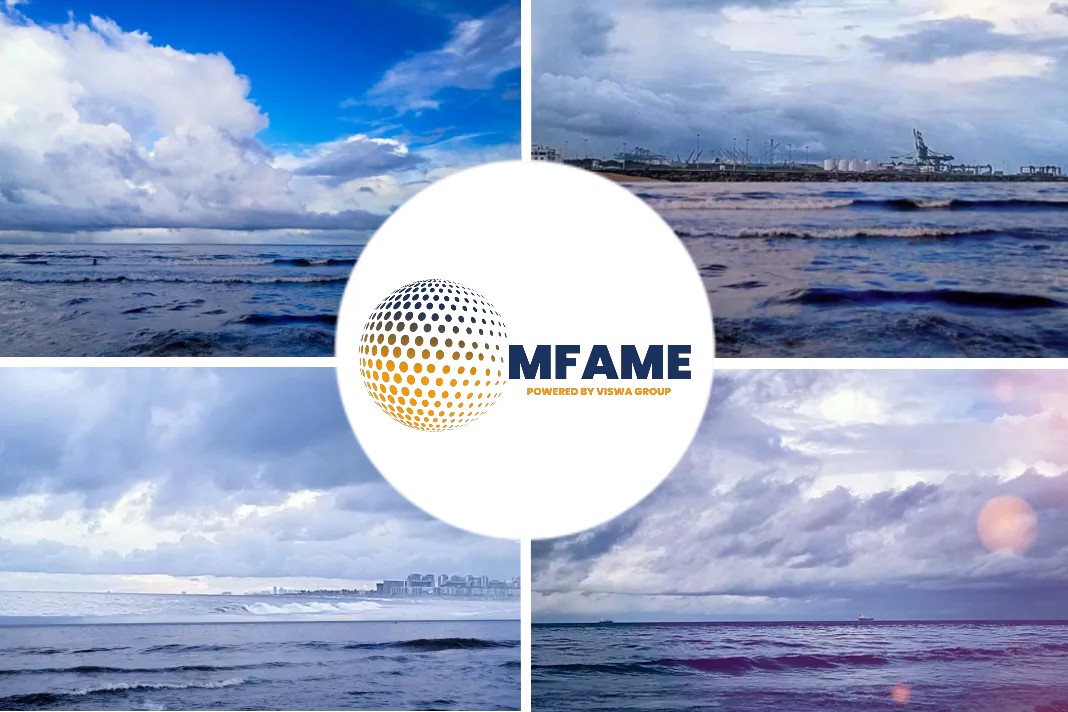- COVID-19 and commodity-related trends are likely to depress medium-term demand.
- But companies that can leverage deep market insights will have the opportunity to outperform in the postcrisis economy.
- Data is more accessible than ever, means companies can access deep market insights around economic and commodity trends, shipping analytics, and customer information.
- Industry players that invest in analytics can use data-led insights to seize opportunities in four main areas.
- They are finding attractive subsectors and niches, optimizing vessel portfolios, improving commercial choices, and operating existing vehicles more effectively.
According to a recent McKinsey & Company news report by Arjen Kersing, Steve Saxon, and Qiao Xie Data is to decide the success in the next normal of bulk and tanker shipping.
COVID-19 challenges
Bulk and tanker shipping slowed due to COVID-19, a challenging economic environment likely to persist in the next normal.
Declining demand
Declining demand has led to sluggish growth in bulk and tanker shipping during the past decade. COVID-19 has compounded many of these issues; the slowdown in global economic growth has further decelerated demand for key bulk commodities, leading to a sustained oversupply of shipping capacity.
The bulk shipping market grew at a CAGR of just 1.3 percent between 2015 and 2020, for example, and growth rates are expected to hover at around 0.8 percent per annum until 2030, with the fall in growth driven largely by declining Chinese demand for coal and iron ore.
Despite slowing demand, the supply capacity of the dry bulk shipping market is expected to continue to increase.
Decommissioning will remove
Shipbuilding is expected to add 3 to 4 percent to active capacity annually in the next ten years, while decommissioning will remove around 1 to 2 percent.
The comparatively low rate of ship scrapping is due both to the relatively young age of the global dry bulk fleet (average ship age is 10.2 years ) and to the low price of scrap. Overall, therefore, supply will increase at a CAGR of 1 to 3 percent.
Mismatch between weak demand
Tanker shipping sector
Companies that invest in analytics can use data-led insights to seize opportunities in four main areas.
Despite the challenging economic environment, there are still opportunities to buck the overall industry trend. We see four areas of potential performance improvement, all of which require sophisticated analytical capabilities:
- Finding attractive subsectors and niches through insight into end customers
- Optimizing portfolios based on relative attractiveness and risk level of different vessel classes
- Improving commercial choices
- Operating vessels more effectively
1. Finding attractive subsectors and niches through insight into end customers
- Collect data that is as granular as possible
- Be open to new cargo categories and new routes
- Get closer to customers
2. Optimizing portfolios based on relative attractiveness and risk level of different vessel classes
3. Improving commercial choices
In the aftermath of the 2008 global financial crisis, most larger shipping companies (and ship owners) have demonstrated increased risk aversion and are no longer prepared to gamble on economic growth.
Companies now typically choose one of two models—stable or cyclical—to manage risk. Both models can be effective, but the choice of model has substantial implications for commercial decisions (see sidebar “Stable or flexible—two possible risk management approaches”).
Digital and advanced analytics can help shipping companies develop insights that may give them an edge over competitors.
Data can be gathered and used to sharpen commercial decision making in many innovative ways.
- Analyzing competitor ship positioning
- Using algorithmic prediction to find cargo in spot markets
- Using satellite or drone pictures to monitor moves along the value chain
4. Operating vessels more effectively
- Improving vessel utilization through competitive analysis
- Improving bunker fuel consumption efficiency
- Optimizing demurrage cost
- Collecting onboard data using sensors
The path forward for bulk and tanker companies
The four opportunities outlined above all have data and analytics at their heart. Superior performance comes from a deep understanding of submarkets, end customers, competitors, and ship performance.
Getting these right will require new skills and a much more advanced IT and analytics capability than many bulk companies have today.
Realizing the potential of data will require investment and reorganization across a number of fronts:
An investment in hardware and software to make the most of the new types of data will require onboard sensors and data links, as well as the capability to transform data into insights. Analytics capabilities should include the ability to use artificial intelligence techniques and machine learning on some of the larger, more complex data sets.
An expanded commercial team can build closer relationships with customers and provide insights into likely future demand, developing opportunities to work closer with the customers on logistics solutions, including value-added solutions.
A dedicated team of supply and demand analysts, based centrally, will monitor demand signals, competitor ship movements, and the progress of new shipyard orders.
A 24-hour MOC is where all insights from live operations are monitored and evaluated.
The initial investment will be significant. Larger players that can spread investment across multiple ships are likely to be at an advantage, and this—as well as the continuing oversupply of shipping capacity—may encourage further concentration within the industry and improve the overall industry structure.
Did you subscribe to our daily newsletter?
It’s Free! Click here to Subscribe!
Source: McKinsey & Company
























